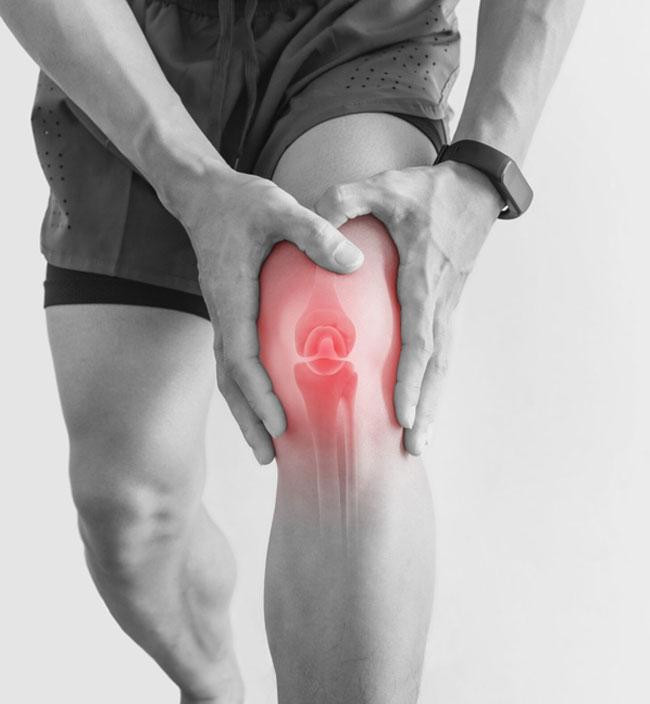Platelet Rich Plasma Therapy for Natural Joint Healing and Recovery
An introduction to PRP.
PRP, or platelet-rich plasma, is created from your blood to stimulate recovery. A reasonably straightforward, non-surgical treatment for arthritis and joint damage is platelet-rich plasma therapy. It combines state-of-the-art technology with the body's inherent capacity for self-healing.
A concentration of platelets seen in PRP helps hasten the healing process. Growth hormones and cytokines found in platelets instruct tissues to rebuild faster to speed up recovery.
You can get the best Platelet Rich Plasma Therapy Scottsdale, as it is the most excellent option if you've been dealing with a joint ailment or were hurt while playing sports and want to recover quickly and feel better. The best treatment for joint, tendon, ligament, and muscle injuries is PRP or platelet-rich plasma. Because of the significantly shortened recovery period, PRP therapy is particularly popular among professional athletes for the treatment of sports injuries. While PRP therapy is frequently used to treat sports injuries, it has also gained popularity as a means of treating illnesses related to the joints, such as arthritis. Nerve damage, Tendonitis, Osteoarthritis, Bone regeneration and repair are the conditions that are typically treated with PRP therapy.
The best treatment available right now for the aforementioned diseases is PRP therapy. It is also the most economical option, has the quickest recovery time, and only needs one injection every three to four weeks. Most people only need two to three injections, on average.
In this therapy, PRP Injection Scottsdale into injured tissue causes a modest inflammatory reaction that starts the healing cascade. This results in regenerated tissue, improved blood flow, and new cell proliferation. Soft tissue injuries may ultimately heal more quickly as a result of this. Soft tissue injuries may ultimately heal more rapidly as a result of this.
Where Does PRP Originate?
Under sterile circumstances, a blood sample will be drawn from a vein in your arm. A centrifuge, a machine that spins blood, will be used to process the blood. This makes it possible to concentrate platelets and helps to separate blood cells from plasma. This platelet concentration causes a six to eight-fold increase in healing growth factors compared to usual.
It takes roughly fifteen minutes to prepare. The completed PRP product is then ready for ultrasound-guided injection into the damaged joint or tendon.
PRP is made from your own blood. Therefore there is no risk of rejection or disease spread. White blood cells, which have an antibacterial characteristic and aid in the fight against infection, are present in high concentrations in PRP.
PRP increases your capacity for healing. It is frequently proven a potent and healthy substitute for steroid injections. Patients report a notable decrease in symptoms and a striking return to function. This could eliminate the necessity for more intensive therapies like ongoing medication or surgery.
In order to establish whether you are a good candidate for PRP therapy, the doctor will examine you briefly and inquire about your medical history during your consultation. We'll take a blood sample and get the PRP ready. The treatment area will be examined, cleaned up, and given numbing medication by the doctor. The PRP will be delicately injected into the damaged region and the tissues supporting the joint under ultrasound guidance.
You will remain for a fifteen to twenty-minute observation period following your treatment. You will make a follow-up appointment at check-out, and we will go over the discharge instructions. Over a period of six to sixteen weeks, the procedure may be done one to two times.
It's crucial to leave the area where the injection was made undisturbed for at least two days since platelet-rich plasma releases growth factors. To make the most of the PRP growth factor stimulation, we ask that you limit your activity to only necessary walking or driving. It is beneficial if you can stay still for two days and avoid engaging in any strenuous activity for up to two weeks after each surgery.


Comments
Post a Comment